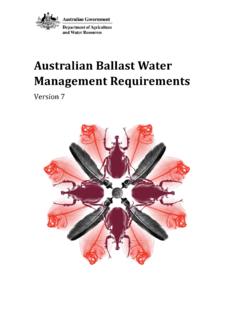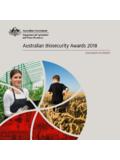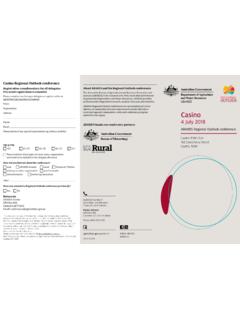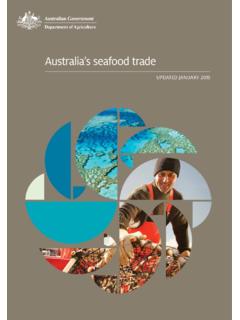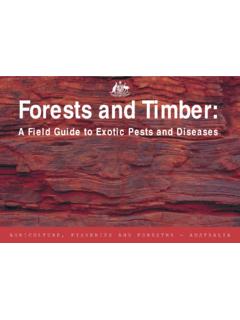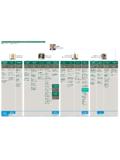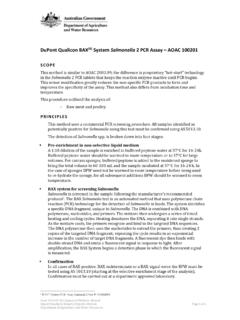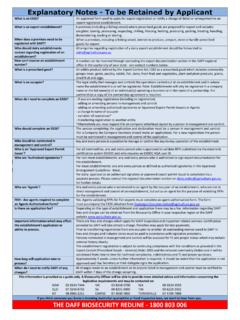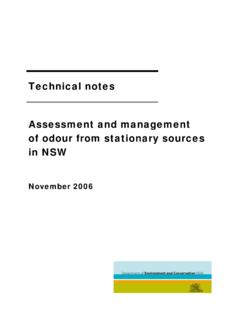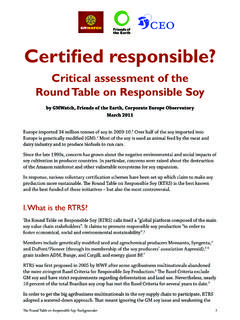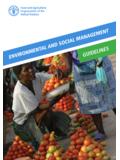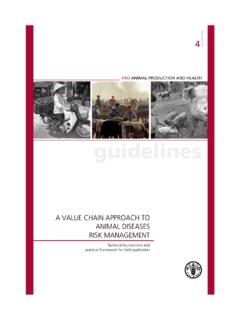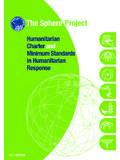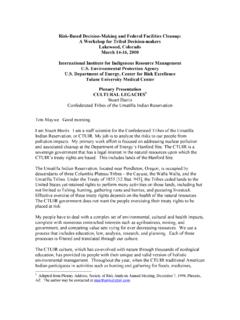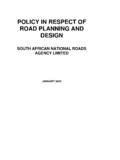Transcription of Australian Standards for the Export of Livestock …
1 Australian Standards for the Export of Livestock (Version ) 2011 and Australian Position Statement on the Export of Livestock Commonwealth of Australia 2011 This work is copyright. Apart from any use as permitted under the Copyright Act 1968, no part may be reproduced by any process without prior written permission from the Commonwealth. Requests and inquiries concerning reproduction and rights should be addressed to the Commonwealth Copyright Administration, Attorney General s Department, National Circuit, Barton ACT 2600 or posted at Disclaimer The Australian Government Department of Agriculture, Fisheries and Forestry seeks to publish its work to the highest professional Standards .
2 However, it cannot accept responsibility for any consequences arising from the use of information herein. Readers should rely on their own skill and judgment in applying any information for analysis to particular issues or circumstances. To the extent permitted by law, the Commonwealth is not liable, whether in negligence or otherwise, for inaccurate data, information or advice which are relied on and cause loss, liability, damage or injury of any kind. Prepared by: Australian Government Department of Agriculture, Fisheries and Forestry GPO Box 858 Canberra ACT 2601 Date of publication: April 2011 Australian Position Statement for the Export of Livestock first published November 2006 Contents Australian POSITION STATEMENT ON THE Export OF Livestock 1 Introduction 5 2 Purpose 7 3 Scope 7 4 Australian animal health and welfare requirements 11 5 Guiding principles 12 6 Responsibilities 13 7 Reporting and monitoring 16 8 International cooperation 17 Acronyms 18 Glossary 18 Australian Standards FOR THE Export OF Livestock (VERSION )
3 2011 Standard 1 Sourcing and on-farm preparation of Livestock 23 Division 1 Preliminary 23 Division 2 Standard for sourcing and on-farm preparation of Livestock 25 Division 3 Appendixes 33 Standard 2 Land transport of Livestock 39 Division 1 Preliminary 39 Division 2 Standard for land transport of Livestock for Export 41 Division 3 Appendixes 45 Standard 3 Management of Livestock in registered premises 55 Division 1 Preliminary 55 Division 2 Standard for management of Livestock in registered premises 57 Division 3 Appendixes 65 Standard 4 Vessel preparation and loading 73 Division 1 Preliminary 73 Division 2 Standard for vessel preparation and loading 76 Division 3 Appendixes 79 Standard 5 Onboard management of Livestock 105 Division 1 Preliminary 105 Division 2 Standard for onboard management of Livestock 108 Division 3 Appendixes 111 Standard 6 Air transport of Livestock 115 Division 1 Preliminary 115 Division 2 Standard for air transport of Livestock 117 Division 3 Appendixes 125 Australian Position Statement on the Export of Livestock 5 Australian Position Statement on the Export of Livestock First published November 2006 1 Introduction The Australian Position Statement on the Export of Livestock (the Position Statement)
4 Has been developed as part of the Australian Government s response to the Livestock Export Review (Keniry Review1) of the Livestock Export industry. The Position Statement provides a framework for the development of the Australian Standards for the Export of Livestock2 (the Standards ). Development of the Standards followed guiding principles and defined outcomes for the Livestock Export industry, as agreed through the consultative process employed to finalise the Standards . The Standards represent the basic animal health and welfare requirements for the conduct of the Livestock Export industry, which the Australian Government expects the industry to meet. The Standards are referenced in the Australian Meat and Livestock Industry ( Export Licensing) Regulations 1998 and the Export Control (Animals) Order 2004, which came into effect on 1 December 2004.
5 These Australian Government laws cover only the exporter, Australian Quarantine and Inspection Service (AQIS)-accredited veterinarians, the registration of premises, and processes relating to the Livestock Export trade. The Standards are relevant throughout the Livestock Export chain and should be reflected in relevant industry quality assurance (QA) programs. Only exporters licensed by the Australian Government Department of Agriculture Fisheries and Forestry (DAFF) can legally Export Livestock from Australia. Exporters are accountable to the Australian Government for the outcomes of each consignment. AQIS must be satisfied that importing country requirements are met before issuing a health certificate and Export permit.
6 Livestock sourced for Export must also meet all requirements under relevant state and territory legislation, including animal welfare Acts. State and territory governments are responsible for ensuring that these requirements are met. Areas of state and territory responsibilities include animal health and welfare, 1 animal_ 2 6 Australian Position Statement on the Export of Livestock vehicle registration and operation, licensing and operation of facilities and equipment where appropriate, occupational health and safety, and environmental protection and operation of companies. Figure 1 is a risk-based framework for the health and welfare of Livestock in the live Export chain.
7 Figure 1 Risk-based framework for the health and welfare of Livestock in the live Export chain National model codes of practice and guidelines Australian Position Statement on the Export of Livestock Risk-based approach Legislation Australian Standards for the Export of Livestock Industry and service provider quality assurance programs Australian Position Statement on the Export of Livestock 7 2 Purpose The Position Statement provides: an Australian Government statement of guiding principles and minimum recommended animal health and welfare outcomes for animals in the Livestock Export industry a basis for the development of the Australian Standards for the Export of Livestock an Australian approach that is consistent with that taken by international bodies, such as the World Organisation for Animal Health (OIE), involved in determining criteria for the health and welfare of Livestock .
8 3 Scope Operating environment Currently, Australia is the largest exporter of Livestock in the world, with exports providing a valuable market for Australia s Livestock producers. Australian exporters are faced with a range of challenges, such as the large distances from most Export markets. These challenges have the potential to affect the health and welfare of exported animals adversely if the associated risks are not properly managed. The Export of animals obliges all participants in the trade to ensure that the animals health and welfare is protected to the greatest extent possible and reflects Australian community expectations. The health and welfare of Livestock in the live Export chain should be protected by: industry QA programs from place of origin to destination state and territory legislation, including animal welfare Acts Australian Government legislation, including the Standards .
9 The live Export industry is an international trade in which the commercial parties negotiate the detailed specifications of individual consignments. The Australian Government provides the legislative and administrative framework in which Livestock exporters, operators of registered premises and accredited veterinarians are licensed and regulated. State and territory governments provide and administer animal welfare legislation, which applies to all participants in the live Export chain. Relevant national Model Codes of Practice for the Welfare of Animals (codes) are developed by Australian Government and state and territory government representatives in consultation with farming industries and animal welfare organisations, including RSPCA Australia.
10 Currently, under state and territory animal welfare legislation, it is not a legal requirement to comply with most codes. However, some state and territory animal welfare legislation provides a 8 Australian Position Statement on the Export of Livestock defence to a person charged under the Act if they are complying with a relevant code. The aim of the codes is to provide guidelines for the humane and responsible treatment of Livestock in Australia. The codes cover both animal husbandry and transportation. Livestock industries implement these national code requirements through industry QA programs. The government of the importing country sets its own requirements in regard to the import of Livestock .
